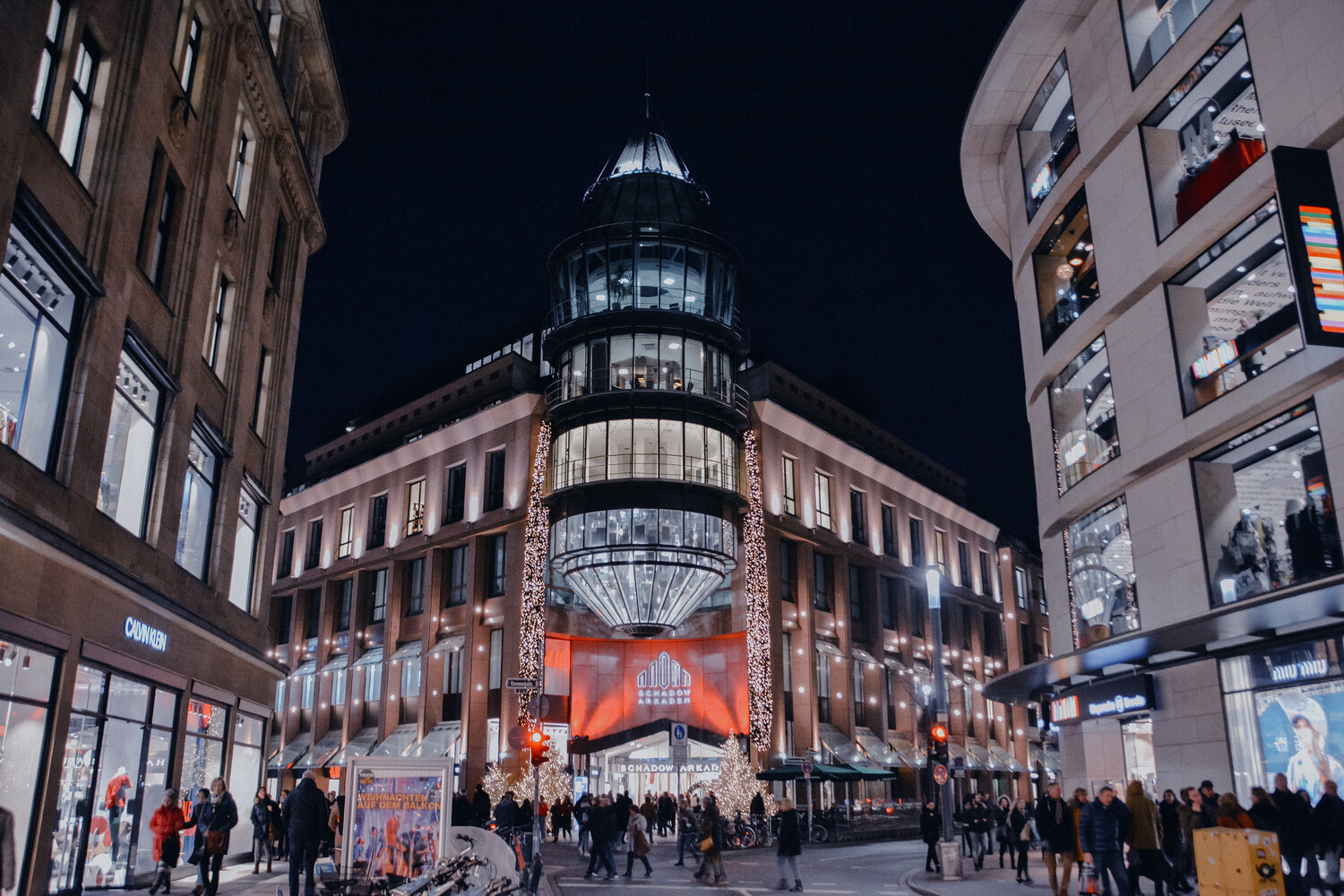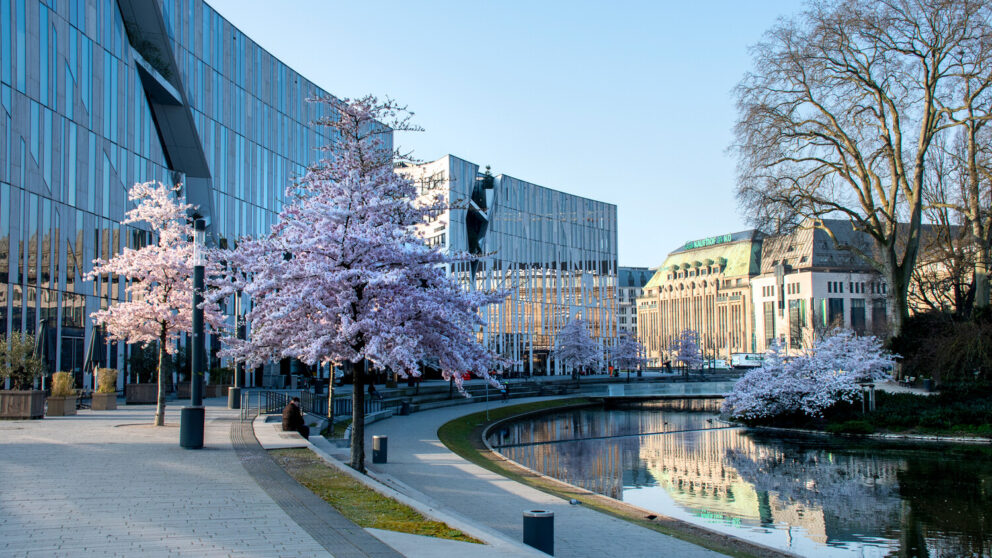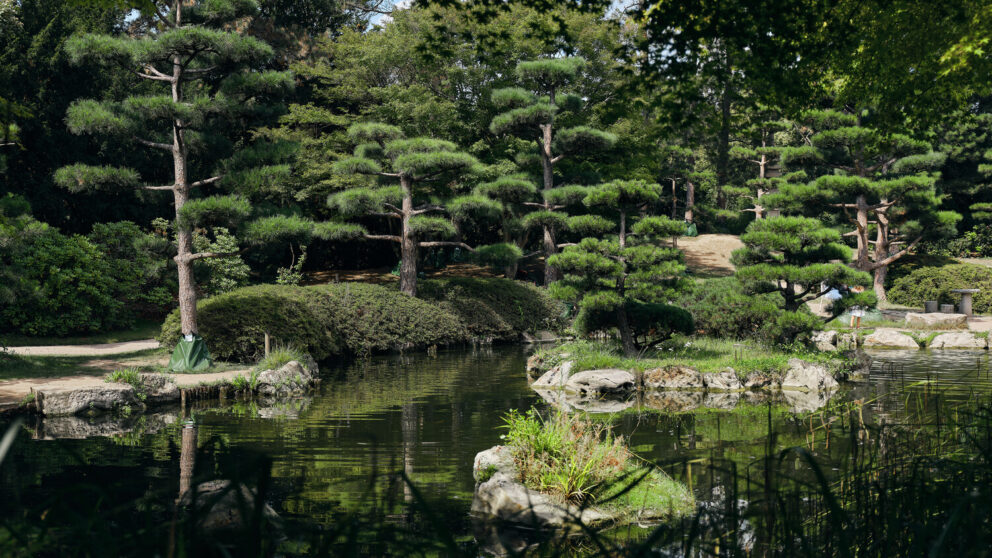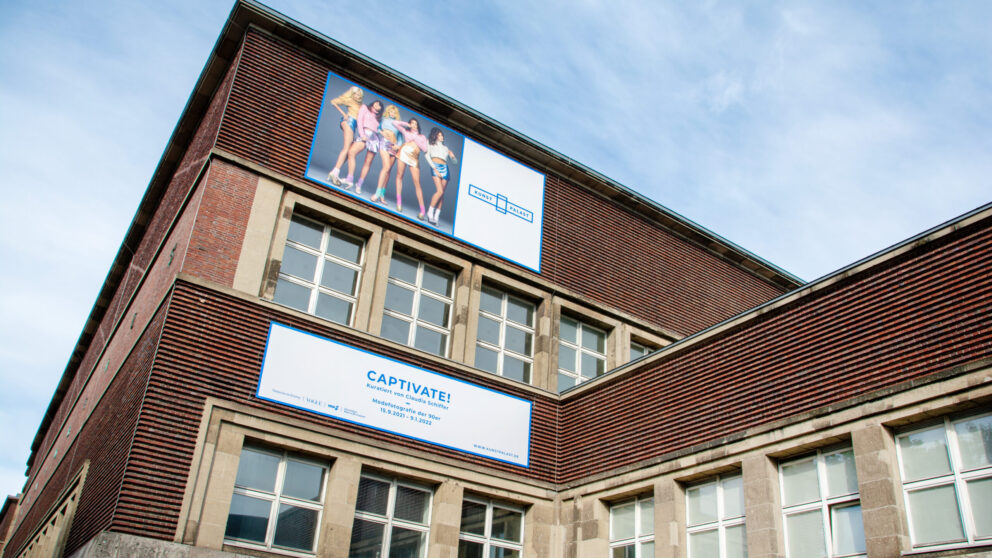
Six places that promise shopping at its best
Six places that promise shopping at its best
Exclusive shopping destinations
From the Passage des Panoramas in Paris to the Galleria Vittorio Emanuele II in Milan, the shopping arcades in some major European cities are almost as big a draw as the famous sights and museums. A well-designed arcade derives its appeal not just from its mix of shops but also from its architecture and overall ambience. And nowhere more so than in Düsseldorf. The city’s diverse shopping scene has room for both long-established designer brands and popular lifestyle stores, while the local planning department has repeatedly incorporated historical buildings into its innovative designs for the city’s quarters. As autumn arrives, a roof to keep off the rain is sure to make any shopping spree more enjoyable. And while you’re there, why not stop off for a break at one of the many restaurants in Düsseldorf’s arcades. Time to hit the shops!
Kö Galerie
There are few places in Europe more famous for luxury shopping than Königsallee. So it’s only logical that you can find some highly exclusive shopping arcades here, most notably Kö Galerie. Designed in the 1980s by local architect Walter Brune, who also created the Schadow Arcades (scroll down for further information), it is based on the Italian ‘gallerie commerciali’ of the 19th century. Its four walkways lead to a 25 metre high atrium, where escalators connect the three floors. As befits its location on Königsallee, Kö Galerie oozes historical ambience with its glass dome, fine marble, and memorial plaques of notable local personalities such as actor Gustaf Gründgens and artist Paul Klee. The stores in this 20,000m² space are equally refined. Hackett London, Gant, Lacoste, Aigle and van Laack can be found here, as can Samsonite, Hut Couture M/V and the Japanese lifestyle retailer Muji. The Karl Lagerfeld, Brunello Cucinelli and Jil Sander stores facing Königsallee provide a taste of the chic wares that await inside, while the terrace of Ristorante Barolo at the entrance is the perfect spot to watch the world go by.
Sevens
Right on the doorstep, and now directly connected to Kö Galerie, you'll find Sevens. While it might seem odd to have two shopping arcades so close to each other, Sevens is in fact the perfect complement with its mix of lifestyle, fashion, technology and eating out. First opened in 2000, the Sevens was originally conceived with a single theme on each of its seven floors. When you walk into the large, open hall today, you’ll find names like Emporio Armani, Philipp Plein and Peserico on the ground floor alongside Inglot Cosmetics and Chanel Beauté. Anchor tenant Saturn occupies the top five floors. The 1.2 tonne LED sphere that floats above the shoppers’ heads really is something to behold and was the highlight of the German pavilion at the Expo in Shanghai. The food lounge in the basement takes you on a culinary tour around the world. You’ll be spoilt for choice at over ten outlets, offering everything from an aloha bowl – made with salmon, teriyaki sesame seeds, avocado and mango – or a premium doner to burritos or lamb with pine nuts and tabouleh. The latest addition to Sevens is Spacewalk, which specialises in sport shoes from Nike, Offwhite, Balenciaga, Louis Vuitton and many other brands.
stilwerk
Like Sevens, the stilwerk shopping mall on Grünstrasse, just around the corner from Königsallee, dates back to the millennium. Standing on the site of a former wave pool (yes, you heard that right!), this impressive 32 metre building features a glass front and roof, which can be opened when the weather is good. Around an elliptical atrium, more than 30 stores across five floors and 17,000m² of retail space showcase heavyweights of interior design, from Kartell, Ligne Roset and SieMatic to Bang & Olufsen, NØYE living and Fatboy. And the list goes on, with Knoll, Muuto and Thonet just some of the other illustrious names. So whether you’re shopping for a bed, planning a new kitchen or need to know the pros and cons of parquet flooring, this is the place to be. A range of pop-up stores, temporary exhibitions and other events provide further inspiration.
Girardethaus
Let’s head back to Königsallee, but this time cross the road. The western side of the Kö used to be home to a number of banks, giving it the popular name Bankenseite, or bankside. They have since moved away, leaving the empty buildings to be taken over by shops. Back in 2014, French luxury brand Hermès made the switch to the other side of Königsallee and moved into its new 350m² home in Girardethaus on the corner with Trinkausstrasse. Built in 1909, the heritage-listed Girardethaus was once known as the WZ Center, and newspapers were printed in its inner courtyard right up until the 1970s. When the printing machines were relocated, the building was turned into an exclusive shopping destination. Now the Swiss brand Akris has its Düsseldorf flagship store here, where its sells elegant understatement in the form of clear lines, perfect cuts and high-quality fabrics. Berlin-based Kaviar Gauche's bridal concept store is an eclectic mix of champagne-coloured walls, an ivory-like floor and a stainless steel tree in the centre draped in handmade dresses and veils – a real vision in white. Two further major players in German design can be found on Trinkausstrasse: Dorothee Schumacher and, on the opposite side of the road, Iris von Arnim.
Schadow Arcades
As it happens, the Schadow Arcades were also once home to newspaper presses, in this case printing the Rheinische Post. The arcades are another fine example of how old industrial buildings can be re-interpreted. Kö Galerie creator Walter Brune had a hand in the design of the Schadow Arcades, which opened in 1994, too. But Argentine op-art artist Julio Le Parc and ZERO legend Otto Piene also left their mark: the former with the seemingly floating glass cylinder above the entrance on the corner of Schadowstrasse and Blumenstrasse, the latter with the striking glass dome in the centre of the arcades. Around 60 retailers are spread across some 17,000m² and three floors, among them names such as Esprit, Zara, Gant, Roeckl and Bree. Menswear specialist Anson's, for example, presents its extensive product range over three floors. You will also find cosmetics and care products from Mac, Sephora, L’Occitane, Parfümerie Schnitzler and The Body Shop, as well as sweet indulgences from chocolatiers Läderach and Neuhaus. Elsewhere, you can while away the hours browsing the vinyl records at A&O Medien. And if you feel hungry afterwards, the arcades offer a wide range of eateries. Or you can head to Theater an der Kö in the basement.
Kö-Bogen
The Kö-Bogen is another shopping destination, but it's much more than that. It is a modern landmark, comparable to the Gehry buildings in the Media Harbour, and a real draw for anyone who appreciates contemporary design and exceptional architecture. Even more so since the completion of Kö-Bogen II, also known as KII. But let’s start at the beginning: the first Kö-Bogen, a five-storey ensemble designed by New York architect Daniel Libeskind, opened almost ten years ago. This site between Königsallee and Hofgarten was once a traffic junction, but now people can stroll past a curving facade of glass and light natural stone and sit under the parasols of local restaurants. And what about the shopping? The Kaufhaus Breuninger department store, which sells a selection of the finest fashions, leather goods and cosmetics, is one of the Kö-Bogen tenants, as is the Apple Store. But now the Kö-Bogen II, designed by local firm Ingenhoven Architects and situated on the neighbouring square between the Schauspielhaus theatre and Schadowstrasse, is stealing the show a little. A market hall with an accessible green roof stands opposite a building covered in eight kilometres of hornbeam hedge. The plants act as a shield against pollution and a natural air conditioning system – now that is architecture of the future.
Title image: Düsseldorf Tourism




